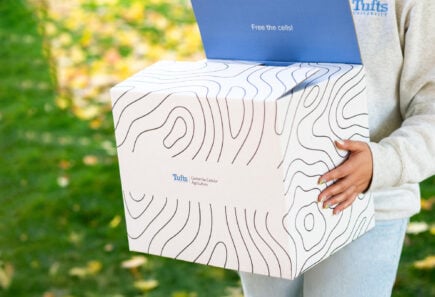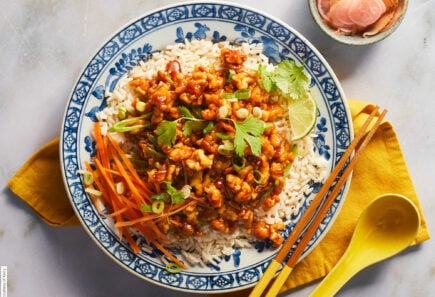Blog
Sort By

Cultivated meat research just got a major boost. Here’s why it matters.
Elliot Swartz, Ph.D. Maanasa Ravikumar, Ph.D.GFI and Tufts University accelerate progress with new open-access cultivated meat cell lines and culture media formulations that can save researchers time and money.

The Alt Protein Project keeps growing—and so does its impact
Hanna BarlowThirteen new university groups join GFI’s Alt Protein Project, a global community of student leaders reimagining our food system.

Meet Sneha Singh, GFI India’s Managing Director
Sheila VossThis profile is part of our new “People you should know” series, spotlighting alternative protein innovators and champions around the world.

Alt Protein Project Alumni: Where are they now?
Asia SheehabExplore how Alt Protein Project alumni are building community, uplifting new ideas, and shaping their careers.

Let’s do this: How core values can fuel progress in 2025 and beyond
Ilya SheymanOur commitment to protein innovation keeps growing stronger, thanks to deep-rooted values and a global network driving change.
Three themes that capture our 2024
Dara HomerGoing beyond the headlines to the people, places, and spaces advancing alternative proteins.

Building the next generation of alternative protein innovators
Brandi BangleWe are excited to introduce our 2024 Research Grant Program outcomes, continuing our support for groundbreaking research in alternative proteins.

The reality of securing investment to scale alternative proteins
Sharyn Murray, CFAThe funding environment for alternative protein companies has shifted dramatically–but paths forward are emerging.

Meet our new vice president of science and technology
Chelsea Montes de OcaWe sat down with Amanda Hildebrand for a podcast-style interview.

Global alternative protein trends to watch
Emma Ignaszewski Maille O'DonnellTake a look at how alternative protein solutions are advancing around the world.
